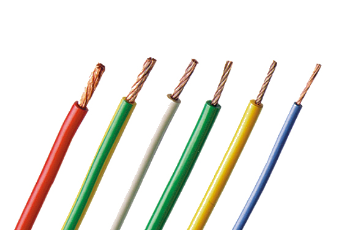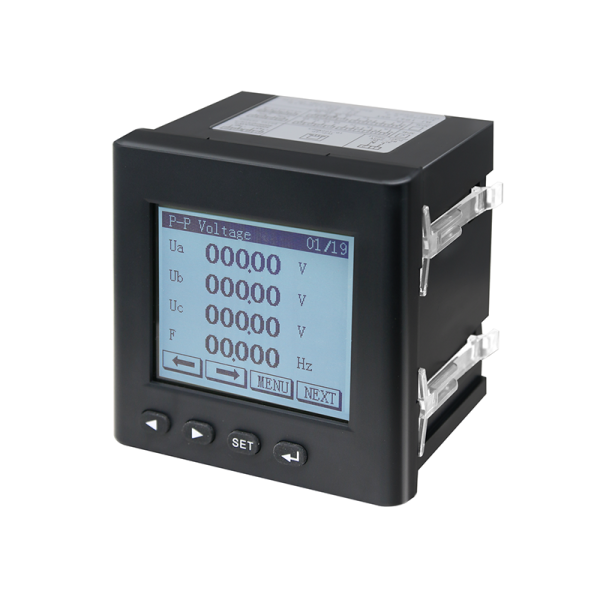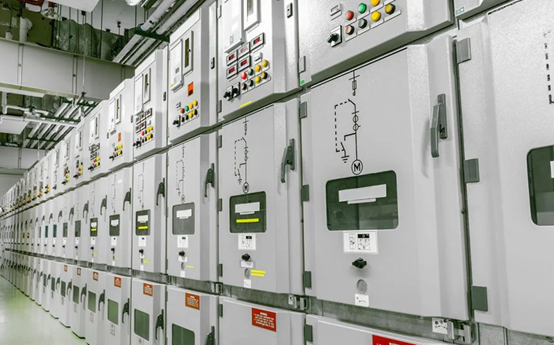Want to know the components of a VFD or VFD construction? Just read this article to know the construction and components of a VFD in detail.
Components of a vfd
The VFD mainly comprises rectifier (AC to DC), filtering, inverter (DC to AC), Smoothing Circuit, Inverter, Controller, Control circuit, detection unit, microprocessor unit, etc. Let’s explore variable frequency drive components:

Rectifier: This valiant unit acts as the gatekeeper, converting the incoming AC power into its DC counterpart. Typically, a rectifier bridge is employed, effectively rectifying the current from both half-cycles of the AC supply into DC current.
Smoothing Circuit: The rectified DC voltage isn’t quite as smooth as silk. It exhibits pulsations at a frequency six times that of the power supply, and the inverter’s operation further introduces fluctuations. To combat these voltage variations, inductors and capacitors come to the rescue. They act as a buffer, absorbing these pulsations (both voltage and current) and ensuring a steadier DC output. For smaller devices, a simpler smoothing circuit might suffice, relying solely on capacitors if the power supply and main circuit components have sufficient capacity.
Inverter: The heart of the VFD, the inverter performs the magic trick of transforming the smoothed DC voltage back into AC power, but with an adjustable frequency twist. This transformation is achieved using Insulated Gate Bipolar Transistors (IGBTs). By meticulously controlling the switching state of these IGBTs, the inverter regulates the frequency and amplitude of the output AC voltage.
Controller: The brain of the VFD, the controller meticulously monitors and controls the output frequency and voltage. This mastermind is usually comprised of a microprocessor and supporting circuits. It analyzes input signals and set parameters, then fine-tunes the frequency and voltage accordingly.
Control Circuit: This intricate circuit acts as the communication bridge between the controller and the main circuit that supplies power to the motor. It’s a complex network consisting of various sub-circuits, including:
Frequency and Voltage Operation Circuit: Calculates the desired frequency and voltage based on user inputs.
Main Circuit Voltage and Current Detection Circuit: Monitors the voltage and current levels within the main circuit.
Motor Speed Detection Circuit: Keeps tabs on the motor’s rotational speed.
Drive Circuit: Amplifies the control signals from the operation circuit for transmission to the main circuit.
Inverter and Motor Protection Circuit: Provides crucial safeguards against overloads, short circuits, and overheating, ensuring the safety of both the VFD and the motor.
VFD Construction

The VFD construction usually includes an input terminal, an output terminal, a power module, a control module, and a protection module.:
Input: The entry point, where the VFD receives AC power. This AC power is then converted to DC by the rectifier.
Output: The connection point for the motor. The inverter’s adjustable AC output is transmitted to the motor through this terminal, regulating the motor’s speed and operation.
Power Module: The powerhouse of the VFD, this module ensures a stable and reliable DC power supply. It typically incorporates a rectifier and filter, working in tandem to convert the incoming AC into a smooth and steady DC voltage.
Control Module: The control center, this module is responsible for receiving and processing input signals, and then controlling the output frequency and voltage based on the set parameters. The microprocessor and its supporting circuits form the core of this module.
Protection Module: The watchful guardian, this module safeguards the VFD and the motor by monitoring their operational status. It typically includes overload protection, short circuit protection, and over-temperature protection, preventing potential damage in case of electrical faults. After understanding the construction and components of a variable frequency drive, you can select the appropriate VFD for specific applications clearly and rightly.






